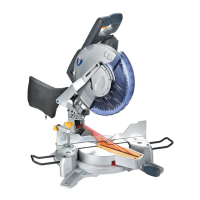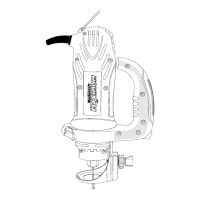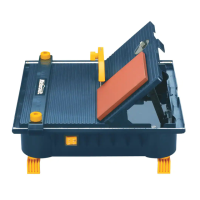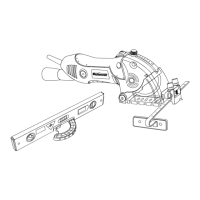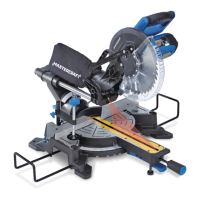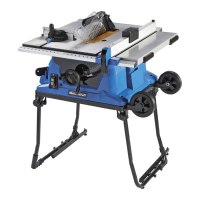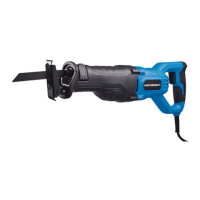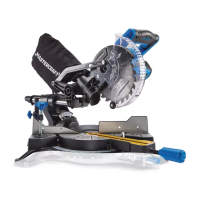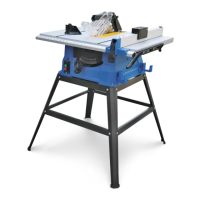39
TM
OPERATION
TM
• Keep all guards in place, in working order and properly adjusted. If any part of
this mitre saw is missing, bent, damaged or broken in any way, or if any electrical
parts do not work, turn the saw off and unplug it. Replace damaged, missing, or
defective parts before using the saw again.
• Maintain tools with care. Keep the mitre saw clean for best and safest
performance. Follow instructions for lubricating. Do not put lubricants on the
blade while it is spinning.
• Remove all adjusting wrenches from the tool before turning it on.
USE ONLY RECOMMENDED ACCESSORIES
• Consult the ACCESSORIES and ATTACHMENTS section of this Owner’s Manual for
recommended accessories. Follow the instructions that come with the accessory.
The use of improper accessories may cause risk of injury to persons.
• Choose the correct 12" (30.5 cm) diameter blade for the material and the type of
cutting you plan to do. Do not use thin kerf blades.
• Make sure the blade is sharp, undamaged and properly aligned. With the saw
unplugged, push the cutting arm all the way down. Manually spin the blade, and
check for clearance. Tilt the cutting arm to a 45° bevel and repeat the test.
• Make sure the blade and arbour collars are clean.
• Make sure all clamps and locks are tight, and there is no excessive play in any
parts.
KEEP YOUR WORK AREA CLEAN
Cluttered areas and benches invite accidents.
WARNING:
• To avoid burns or other fire damage, never use the mitre saw near
flammable liquids, vapours, or gases.
• Plan ahead to protect your eyes, hands, face and ears.
• Know your mitre saw. Read and understand the owner’s manual and
labels affixed to the tool. Learn its application and limitations as well
as the specific potential hazards of this tool. To avoid injury from
accidental contact with moving parts, do not do layout, assembly or
setup work on the mitre saw.
• Avoid accidental starting. Make sure the switch is OFF before
plugging the mitre saw into a power outlet.
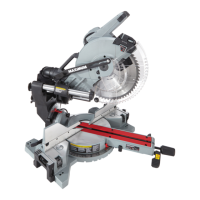
